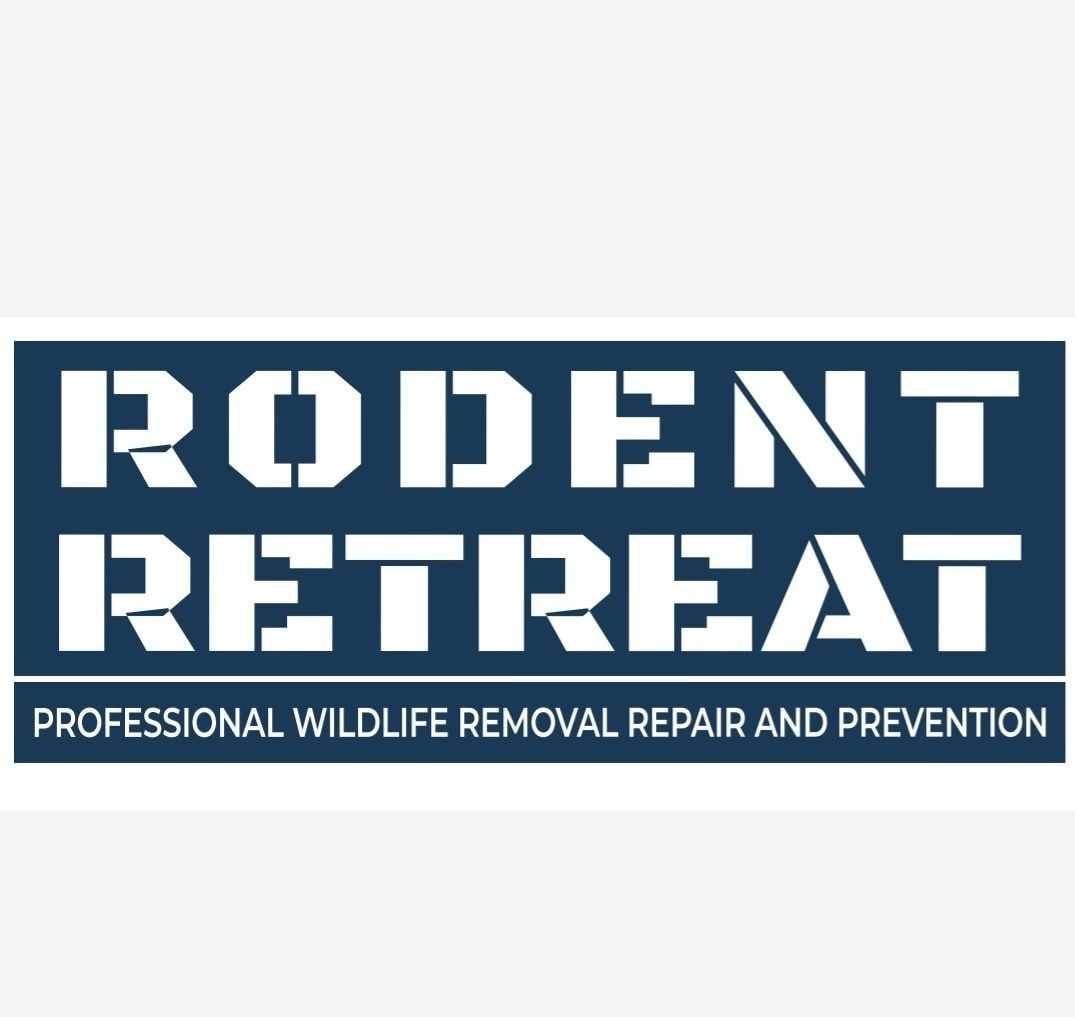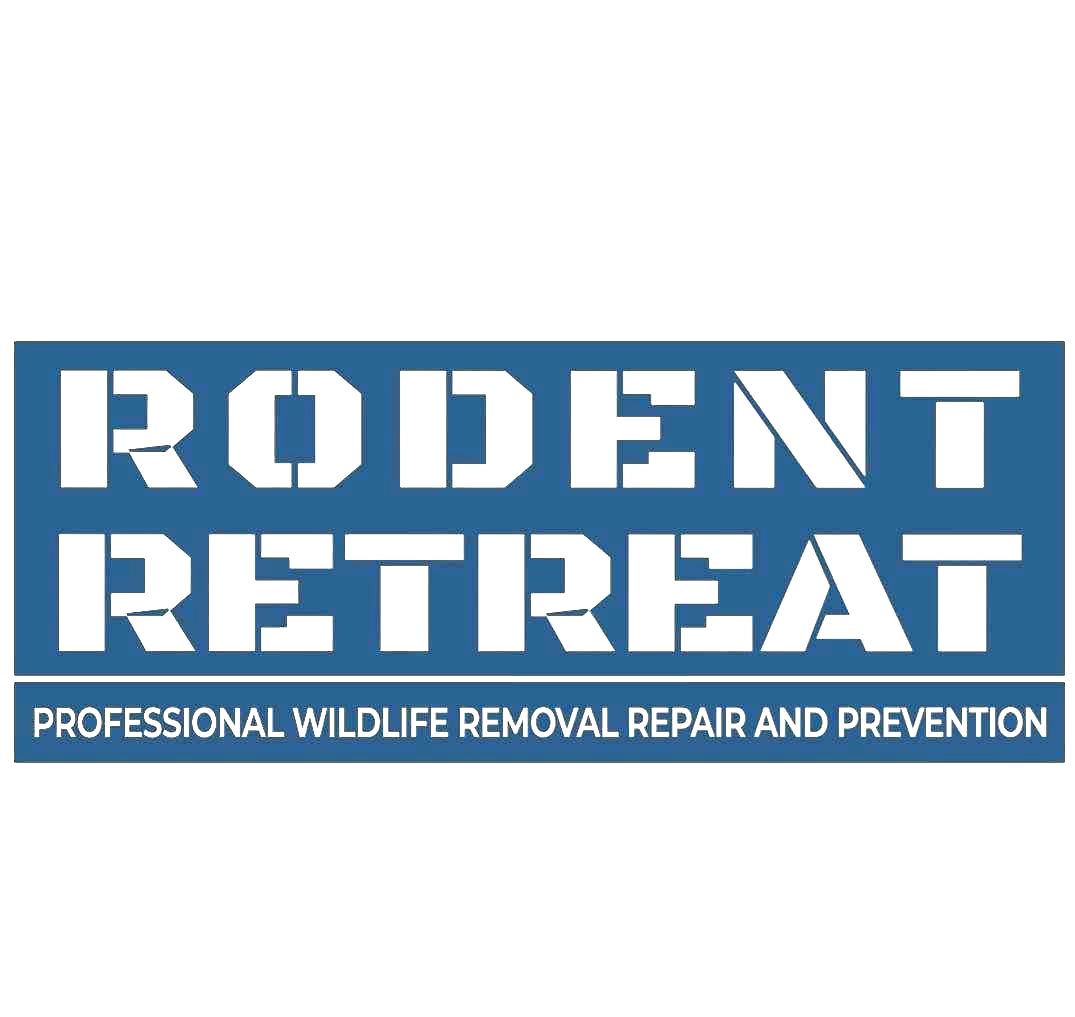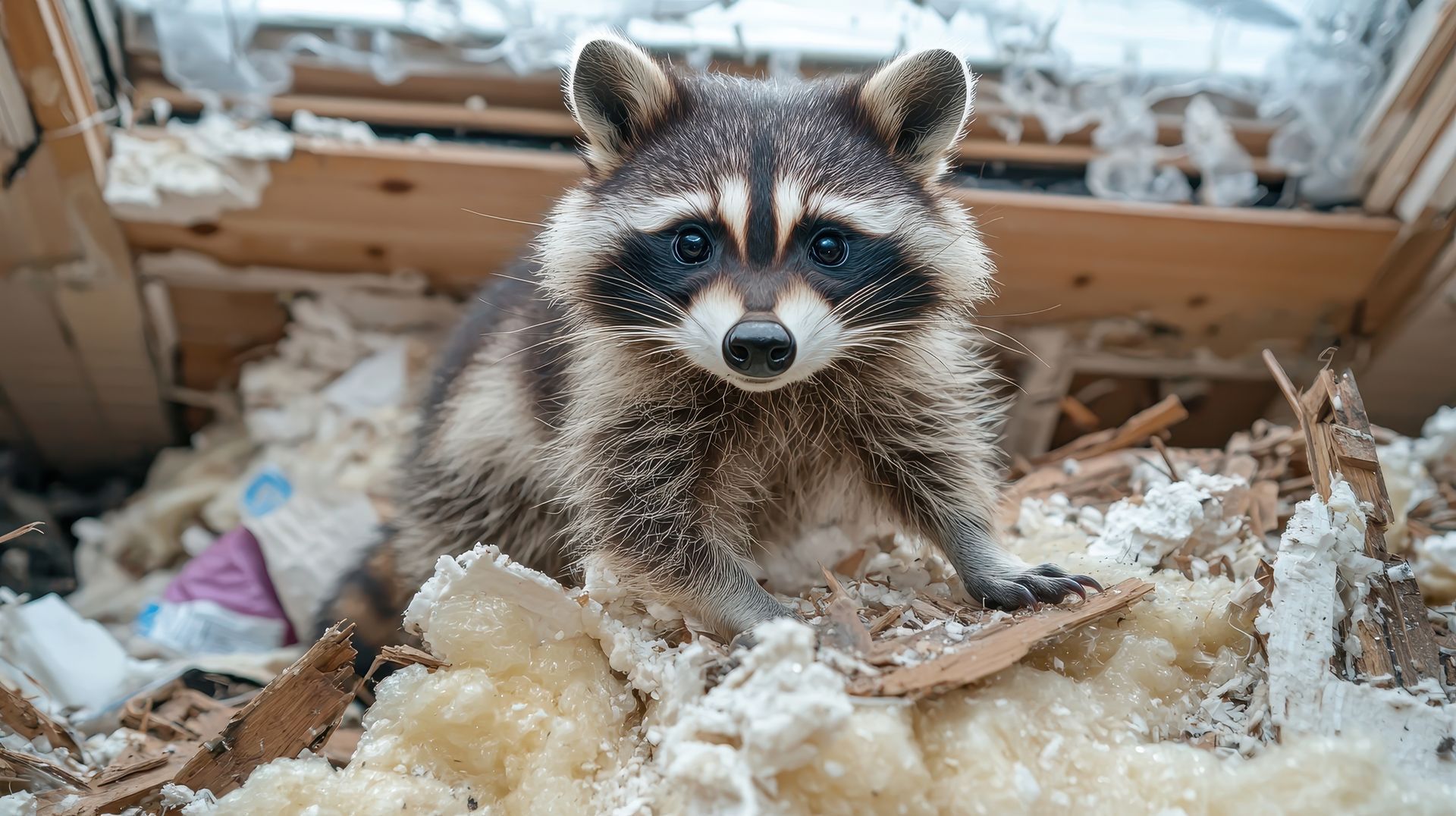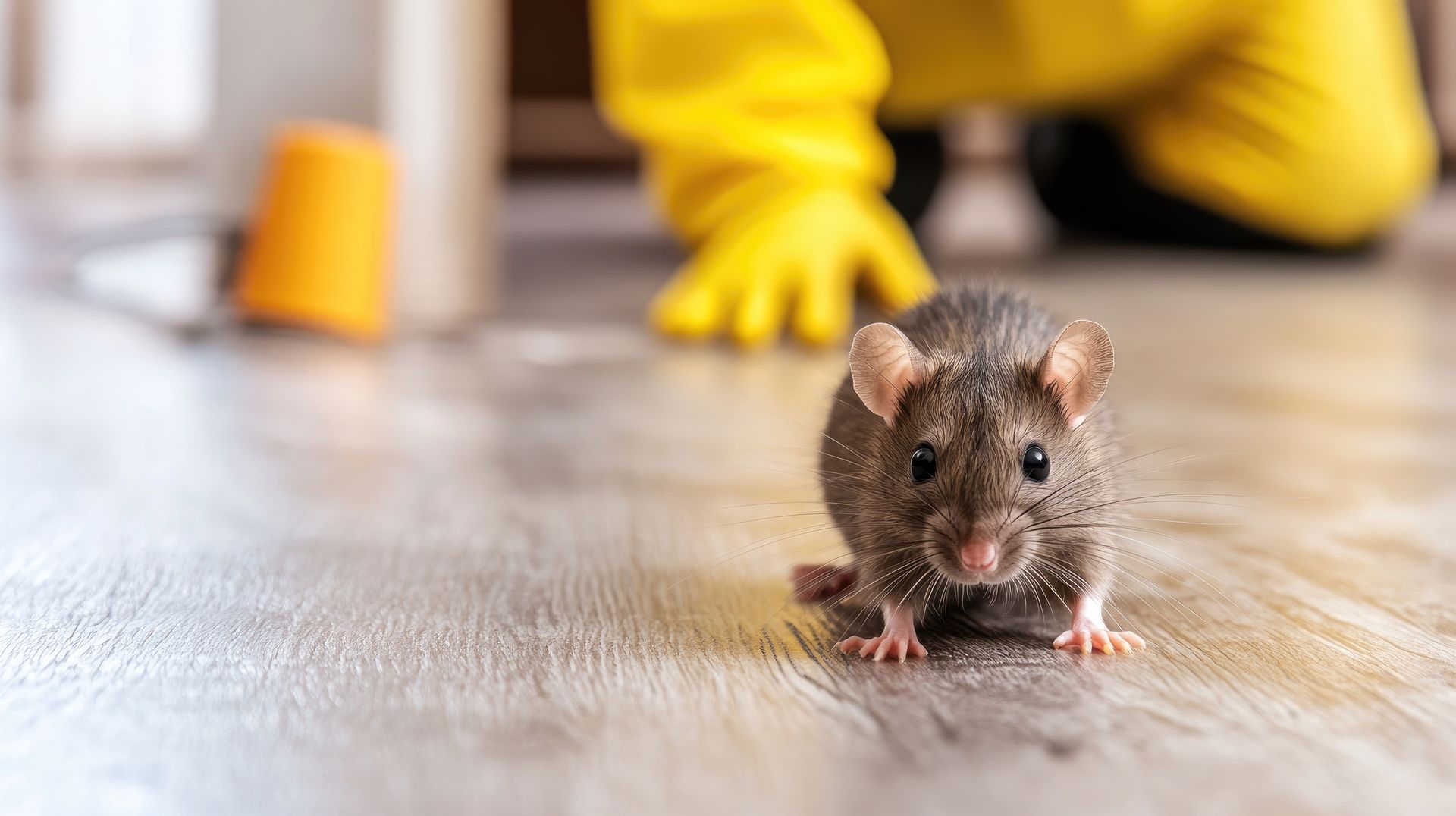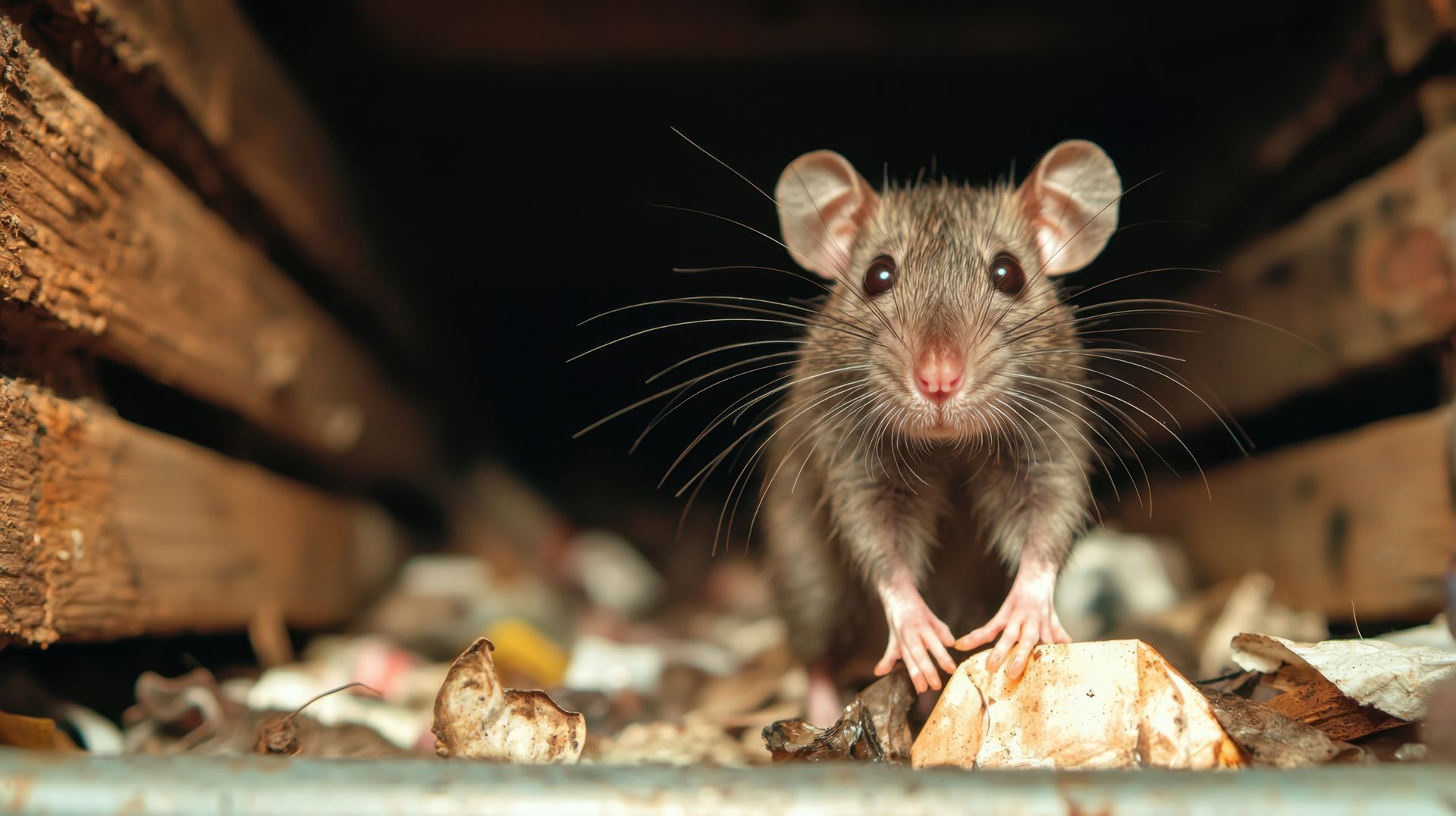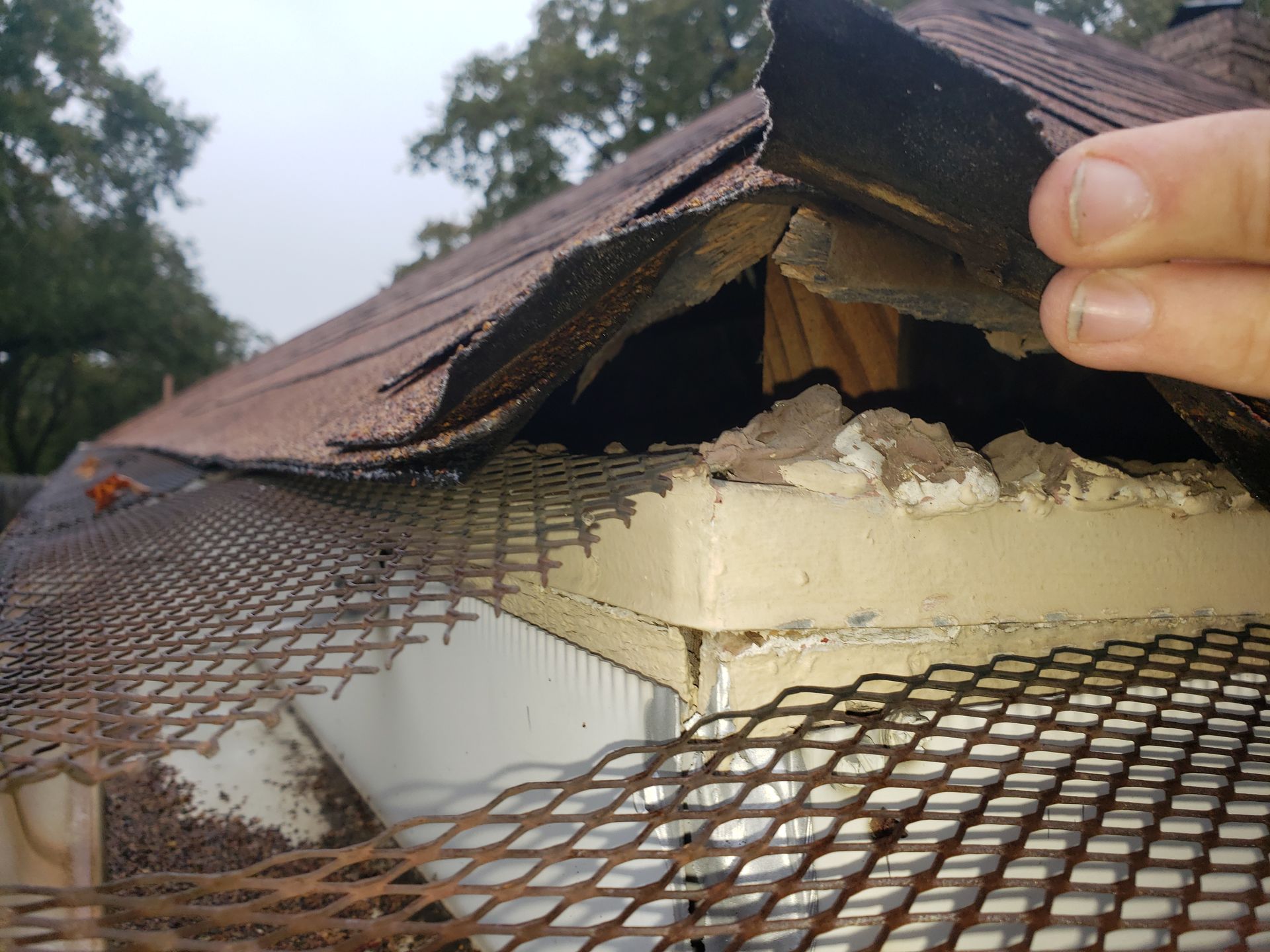
Roof rat infestations have become a growing concern in Texas, causing homeowners to face a range of issues from property damage to potential health risks. These pesky rodents, also known as black rats, are known for their ability to climb, gnaw, and multiply rapidly. If left unaddressed, a roof rat infestation can wreak havoc on your home and peace of mind. In this blog, we will delve into the threat posed by roof rats in Texas, how to spot the signs of an infestation, the damage they can cause, health risks associated with their presence, and most importantly, the triggers that lead to roof rat infestations. By understanding these triggers, homeowners can take proactive measures to prevent roof rats from making themselves at home.
Understanding the Threat: Roof Rats in Texas
Roof rats, also known as Rattus rattus, are a prevalent rodent species that plague the Texas area. These pests are notorious for their ability to squeeze through small cracks, climb with agility, and navigate through various entry points, making them difficult to eliminate. To effectively control roof rat infestations, homeowners need to familiarize themselves with the characteristics and behaviors of these rodents, as well as utilize proper rodent control strategies offered by roof rat removal service Texas.
The Proliferation of Roof Rats
Roof rats in Texas breed rapidly, leading to a significant increase in their population. Female roof rats can produce several litters per year, each consisting of several offspring. Given the favorable climatic conditions and abundance of food sources, roof rat populations can quickly reach alarming levels, resulting in infestations that are difficult to control. Understanding the factors that contribute to roof rat proliferation, such as environmental conditions, breeding patterns, and population growth, is crucial in effectively managing these infestations and preventing future occurrences.
Roof Rat Characteristics and Behaviors
Roof rats possess distinct characteristics and behaviors that contribute to their success as rodent invaders. These pests are highly skilled climbers, allowing them to access attics, crawl spaces, and other hidden areas of homes. Their nocturnal nature makes them difficult to detect, as they are most active during the night when occupants are asleep. By understanding roof rat behaviors, such as their climbing abilities and nighttime activity patterns, homeowners can better target control measures, implement prevention strategies, and effectively eradicate these unwanted guests.
Spotting Signs of a Roof Rat Infestation
Recognizing the signs of a roof rat infestation is vital for taking prompt action and preventing further damage. From droppings and gnaw marks to disturbed insulation and attic space, these indicators provide homeowners with clues that roof rats have taken up residence. Identifying these signs early on allows homeowners to seek professional pest control services, implement preventive measures, and protect their property from extensive damage and potential health risks associated with roof rat infestations.
Common Indicators of Roof Rat Presence
- Roof rat droppings: Finding small, dark droppings around the premises is a telltale sign of roof rat activity.
- Gnaw marks: Visible gnaw marks on food packaging, wooden structures, and electrical wires indicate roof rat presence.
- Nesting materials: Discovering shredded materials, such as insulation or fabric, in hidden areas suggests roof rats are building nests.
- Greasy smudges: Spotting greasy marks along walls, baseboards, and pipes signifies roof rat movement pathways.
- Disturbed insulation: Noticing insulation that is displaced or damaged can be a sign of roof rat infestation.
Property Damage Caused by Roof Rats
Roof rat infestations can result in significant property damage, requiring costly repairs. These rodents have a tendency to gnaw on various materials, including roof shingles, insulation, and electrical wires. Their destructive behavior compromises the structural integrity of homes, leading to potential leaks, electrical issues, and insulation damage. Additionally, roof rats nesting in attics contaminate insulation with urine and droppings, posing health risks to occupants. Taking swift action to address a roof rat infestation is crucial in minimizing property damage and mitigating potential hazards.
Health Risks Associated with Roof Rats
Apart from causing property damage, roof rats also pose health risks to homeowners. These pests are known carriers of diseases that can be transmitted to humans through contact with their urine, droppings, or fleas. Exposure to roof rat-infested areas can lead to respiratory issues, infections, and even salmonellosis, a foodborne illness. Additionally, roof rats may introduce ticks, fleas, and parasites into the home, further compromising the well-being of occupants. Removing roof rats promptly is essential in reducing health concerns and preventing the spread of diseases associated with their presence.
Triggers of Roof Rat Infestations
Understanding the triggers that lead to roof rat infestations is crucial in implementing effective preventive measures. A combination of environmental factors and human activities can contribute to the proliferation of roof rats in residential areas. By identifying and addressing these triggers, homeowners can minimize the likelihood of a roof rat infestation, protect their property, and maintain a pest-free environment.
Environmental Factors Contributing to Infestations
Certain environmental factors play a significant role in encouraging roof rat infestations. Climate changes, such as warmer temperatures and increased rainfall, can create favorable conditions for roof rat populations to thrive. Urban sprawl and the loss of natural habitats provide roof rats with ample shelter and food sources, further contributing to infestations. Understanding these environmental factors allows homeowners to take proactive steps, such as regular inspection and maintenance, to prevent roof rat infestations and protect their homes from potential damage.
Human Activities Inviting Roof Rat Infestation
Human activities also play a crucial role in attracting roof rats to residential areas. Leaving food debris in outdoor spaces, such as improperly stored pet food, can entice roof rats in search of easy meals. Failure to seal gaps and entry points provides roof rats with opportunities to infiltrate homes and establish nests. Inadequate waste management, including improper disposal of food waste, can also draw roof rats to residential environments. By being mindful of these human activities, homeowners can minimize the risk of roof rat infestations and maintain a clean, pest-free living space.
Roof Rat Attractants in Your Home
- Attic insulation: Unprotected or damaged attic insulation can provide a suitable nesting environment for roof rats.
- Crawl spaces: Neglected crawl spaces and cluttered areas attract roof rats looking for hiding spots and a place to build nests.
- Food packaging: Leaving food packaging accessible to roof rats provides an easy food source, encouraging infestations.
- Exterior gaps: Unsealed entry points, such as gaps around vents and damaged roof shingles, invite roof rats to enter homes.
- Cluttered yard: Yard debris and vegetation close to the house offer roof rats a potential shelter and easy access to the premises.
Managing a Roof Rat Infestation: Effective Strategies
Effectively managing a roof rat infestation requires a combination of professional rat control services and preventive measures. Whether homeowners opt for professional exterminators or prefer utilizing home remedies, a proactive approach is essential in eliminating roof rats and preventing future infestations. By employing the best solution for rodent removal, homeowners can regain control of their living spaces and ensure a pest-free environment.
Professional Rat Removal Services
Professional rat removal services offer homeowners tailored solutions for their roof rat infestation concerns. These services typically begin with a thorough inspection of the premises, identifying potential entry points and areas affected by roof rat activity. Skilled exterminators employ humane trapping methods to remove roof rats safely from the property. The expertise of professional exterminators ensures a comprehensive removal process, providing homeowners with effective solutions. Additionally, reputable exterminators often prioritize customer service, addressing any concerns and offering guidance to prevent future rat infestations effectively.
Home Remedies for Rat Control
Homeowners seeking a more hands-on approach to roof rat control can utilize various home remedies. Setting up rat traps with pet food as bait is a common and effective method for rat removal. Sealing potential entry points using steel wool acts as a deterrent, preventing future rat infestations. Natural repellents, such as peppermint oil or ammonia-soaked rags, can serve as temporary deterrents for roof rats. While these home remedies can be helpful in managing smaller infestations, it is essential to monitor their effectiveness and seek professional assistance for severe cases.
Preventive Measures against Roof Rat Infestation
Prevention is key in minimizing the risk of a roof rat infestation. Homeowners can take several proactive measures to deter roof rats from entering their homes and property:
- Exclusion: Sealing entry points, including gaps around windows, vents, and doors, helps prevent roof rats from gaining access.
- Sealing entry points: Ensure proper sealing of potential entry points, such as gaps in foundation walls, roof shingles, and utility pipes.
- Future infestations: Regular inspections, prompt repairs, and maintenance of structures help prevent conditions that may attract roof rats, such as damaged insulation or unresolved entry points.
The Process of Professional Rat Extermination
When homeowners opt for professional rat extermination, a comprehensive process is employed to ensure effective removal and prevention. This process typically includes a free inspection and assessment to evaluate the extent of the infestation and identify potential entry points. Once assessed, professional exterminators utilize humane trapping methods to remove roof rats from the premises. After removal, thorough cleaning and sanitization of affected areas, such as attics, are conducted, ensuring a rat-free and safe living environment.
Free Inspection and Assessment
Professional rat removal services often include a thorough inspection and assessment of the infested premises. Certified pest control experts carefully inspect the entire property, identifying potential entry points, roof rat nests, and areas affected by rodent activity. This inspection process helps homeowners understand the severity of the infestation and guides exterminators in formulating the most effective treatment plan. By offering a free inspection, professional services provide homeowners with the necessary information to make informed decisions on rat removal strategies.
Rat Exclusion and Removal
Following a thorough inspection, professional rat removal services employ humane trapping methods to safely remove roof rats from the premises. Roof rats are captured using specialized traps, ensuring they are removed without causing them harm. Additionally, professional exterminators focus on sealing openings and potential entry points, preventing future rat infestations. By combining humane trapping techniques and thorough exclusion processes, homeowners can rest assured that their rat infestation concerns are effectively addressed.
Home Restoration and Sanitization
After roof rat removal, professional services often include home restoration and sanitization procedures. Attic decontamination is crucial for eliminating any remaining traces of rat urine, droppings, or parasites, ensuring a safe living space for occupants. Restoring the premises to their original state provides homeowners with peace of mind, knowing that health concerns associated with roof rat infestations are thoroughly addressed. Professional home restoration services offer a comprehensive solution, eliminating potential hazards and promoting a pest-free environment.
What Makes a Home Less Appealing to Roof Rats?
Implementing specific measures can make a home less appealing to roof rats, reducing the risk of infestations. By incorporating pest management and rodent-proofing strategies, homeowners can create an environment that deters roof rats from entering and establishing nests. Proper food storage and disposal, regular pet food cleanup, and sealing potential entry points are key to rodent-proofing a home. Maintaining a clutter-free yard, removing any debris or vegetation close to the house, and ensuring proper waste management practices also contribute to making a home less attractive to roof rats. With a proactive approach to rat prevention, homeowners can significantly reduce the likelihood of roof rat infestations, promoting a pest-free environment.
Frequently Asked Questions
What time are roof rats most active?
Roof rats exhibit heightened activity during the night, being nocturnal creatures. Their peak hours of activity are early evening and early morning. Scurrying noises in attics or ceilings are common signs of their presence during these times.
Conclusion
In conclusion, understanding the triggers behind a roof rat infestation is crucial in effectively managing and preventing such occurrences. By addressing environmental factors, human activities, and potential attractants in your home, you can significantly reduce the risk of a roof rat infestation. It's essential to be proactive in spotting signs of their presence and taking appropriate actions promptly. Whether through professional rat removal services, home remedies, or preventive measures, staying vigilant is key to maintaining a rat-free environment. By following these strategies and making your home less appealing to roof rats, you can safeguard your property and family from the dangers associated with these pests.
